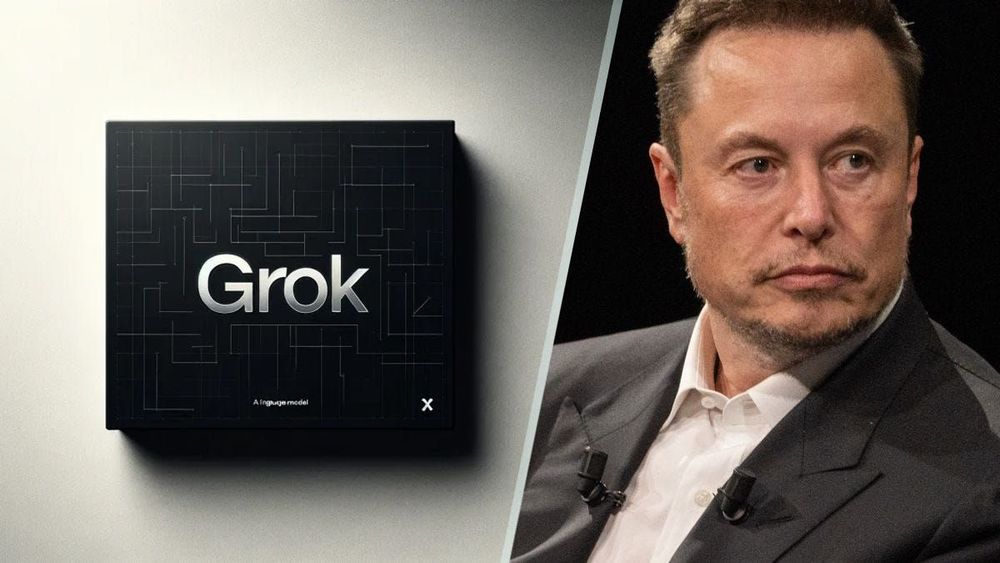When the word AI comes up, it’s only natural to think of ChatGPT online or other popular AI chatbots. While that association is valid, it’s just the tip of the iceberg. It’s equally important to delve into the inner workings of AI and understand its effects on us. In this AI 101 article, we’ll explore the basics of artificial intelligence, its uses, and its growing influence on our lives. While we’re at it, we’ll also define some terms and concepts related to AI.
What is Artificial Intelligence?

Image by Tara Winstead via Pexels
Artificial Intelligence, or AI, is a common term in today’s modern world, and understandably so. It’s used almost everywhere, from online shopping to advertising and cybersecurity. However, many people still don’t understand what AI is and how it affects us. Believe it or not, AI has been a concept since the 1950s wherein it was defined as the machine’s ability to carry out tasks that would typically require human intelligence. In other words, AI can display human-like capabilities such as reasoning, strategizing, problem-solving, learning, and creativity.
How Does AI Work?
Essentially, AI tries to copy how humans think and solve problems using algorithms. These special programs mainly provide instructions to help the computers provide solutions and finish tasks, much like how humans do. By mimicking human skills, AI aims to reach comparable levels of effectiveness and productivity in different areas. With all the excitement surrounding AI, companies are rushing to show off how their products and services utilize it. But sometimes, when they talk about AI, what they really mean is Machine Learning. Now, when it comes to the AI vs. machine learning debacle, note that AI includes all methods for creating intelligent systems, while machine learning focuses on algorithms that help computers learn from data and make decisions.Types of Artificial Intelligence
Artificial Intelligence consists of various types and methods, each having distinct features and capabilities. These AI categories can be characterized based on their purpose, functionality, level of autonomy, and application areas. Below, we explore some common types of AI:Narrow AI (Weak AI)
Narrow AI, also known as Weak AI, is designed to perform specific tasks within a limited area. Simply put, these AI systems cannot generalize beyond their designated functions. Examples of Narrow AI include virtual assistants like Siri and Alexa, chatbots, and recommendation systems.General AI (Strong AI)
General AI, also referred to as Strong AI or Artificial General Intelligence (AGI), represents a hypothetical form of AI that exhibits human-like intelligence across a wide range of cognitive tasks. Unlike Narrow AI, which focuses on specific tasks, General AI can understand, learn, and apply knowledge in diverse contexts, akin to human intelligence.Machine Learning
A subset of AI, Machine Learning (ML) concentrates on creating algorithms with the ability to learn from data without being explicitly programmed. Through algorithms, machines can analyze patterns from data, enabling them to improve their performance over time. Common approaches within Machine Learning include supervised learning, unsupervised learning, and reinforcement learning.Deep Learning
Deep Learning is a specialized branch of Machine Learning where computers learn by analyzing vast amounts of data. Using deep neural networks—computer systems inspired by the human brain with many layers—Deep Learning can tackle complex tasks like recognizing images, understanding language, and processing speech. Convolutional Neural Networks (CNNs) and Recurrent Neural Networks (RNNs) are popular models within Deep Learning.Reinforcement Learning
Reinforcement Learning is a type of Machine Learning where an AI-driven system (or agent) learns to make decisions by interacting with an environment and receiving feedback in the form of rewards or penalties. The agent aims to maximize cumulative rewards over time by learning optimal strategies through trial and error. Reinforcement Learning is primarily used in various fields, such as robotics, game-playing, and autonomous systems.Symbolic AI
Symbolic AI relies on symbolic representation and manipulation of knowledge using logic and rules. Symbolic AI systems operate based on predefined rules and symbols, making logical inferences and deductions to solve problems. Expert systems and knowledge-based systems are examples of Symbolic AI.Advantages and Disadvantages of AI
In this section, we’ll shed light on AI’s impressive capabilities and the challenges it presents. Here are the advantages of AI:- AI can automate repetitive tasks.
- AI systems can process vast amounts of data quickly and accurately, improving efficiency and productivity.
- AI systems can operate round-the-clock without fatigue.
- AI enables personalized experiences by analyzing user data and preferences.
- AI can analyze historical data to make predictions about future trends, helping businesses make informed decisions.
- AI-powered systems can improve safety in various domains, such as autonomous vehicles, by detecting and preventing potential risks.
- AI can lower operational costs by streamlining processes, reducing errors, and optimizing resource allocation.
- AI enables the development of new products, services, and solutions that were previously unattainable.
- AI automation may lead to job displacement as machines replace human workers in certain tasks and industries.
- AI algorithms can inherit biases from the data they are trained on. This leads to discriminatory outcomes, particularly in decision-making processes.
- AI systems often require access to large amounts of personal data, raising concerns about privacy and data security.
- Overdependence on AI systems can lead to a loss of critical thinking skills and reliance on technology for decision-making.
- AI raises ethical concerns, such as the use of autonomous weapons and the impact on societal values and norms.
- AI systems may struggle with tasks that require common sense reasoning or understanding of context.
- Increased reliance on AI-driven interactions may lead to decreased human-to-human interaction.
Everyday Examples of Artificial Intelligence You Should Know

Image by geralt via Pixabay
You might think AI is only for big tech companies and doesn’t affect your daily life. But in truth, AI is all around us.





